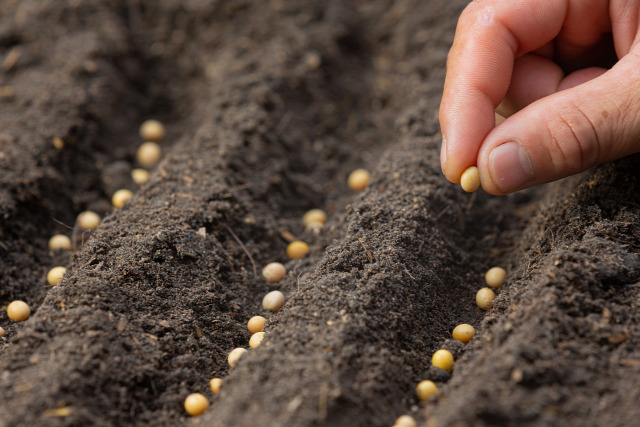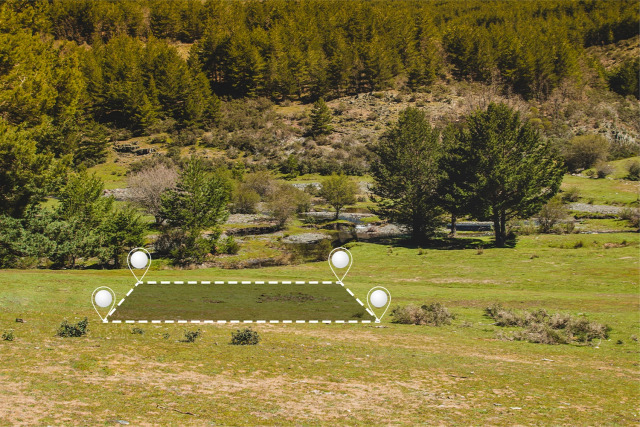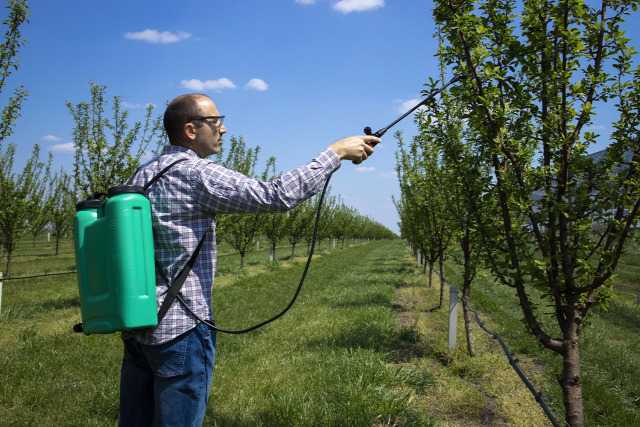
The Internet of Things (IoT) is transforming various industries, and agriculture is no exception. IoT in agriculture, also known as smart farming, leverages interconnected devices, sensors, and advanced analytics to enhance agricultural productivity, sustainability, and efficiency. This involves integrating smart devices and systems into farming practices to collect and analyze data in real-time. This technology enables farmers to monitor and manage various aspects of crop and livestock production, including soil conditions, water usage, pest and disease control, and animal health.
The Essence of IoT in Agriculture
As the global population continues to grow, the demand for food is escalating, driving the need for innovative solutions to optimize farming practices. The global market of IoT in agriculture is experiencing rapid growth, offering unprecedented opportunities for farmers, agribusinesses, and technology providers to revolutionize the agricultural landscape.
According to the BIS Research report, the Global IoT in Agriculture Market was valued at $20,148.9 Million in 2023 and is expected to reach $71,929.6 Million by 2033, following a CAGR of 13.57% during the forecast period of 2023-2033.
The core components of IoT in agriculture include:
Sensors and Actuators: These devices collect data on soil moisture, temperature, humidity, light levels, and other environmental conditions. Actuators, on the other hand, automate processes such as irrigation, fertilization, and pest control based on sensor data.
Connectivity: IoT devices are connected through various communication technologies such as Wi-Fi, Bluetooth, LPWAN, and cellular networks, enabling seamless data transmission and remote monitoring.
Data Analytics and AI: Advanced analytics and artificial intelligence (AI) process the collected data to provide actionable insights, predictive analytics, and decision support systems for farmers.
Cloud Computing: Cloud platforms store and manage vast amounts of data, facilitating real-time access and analysis from anywhere, enhancing decision-making and operational efficiency.
Key Market Dynamics
Several factors are driving the growth of the global IoT in agriculture market:
Increasing Demand for Food:
- Global population projected to reach nearly 10 billion by 2050.
- Critical need for sustainable and efficient food production.
- IoT in agriculture optimizes resource use, improves crop yields, and reduces waste.
Technological Advancements:
- Advances in sensor technology, connectivity, data analytics, and AI.
- Precise and real-time monitoring capabilities.
- Enables informed decision-making and improved productivity for farmers.
Government Initiatives and Support:
- Promotion of smart farming practices through subsidies, grants, and policy frameworks.
- Aims to enhance food security, sustainability, and rural development.
Environmental Sustainability:
- Optimizes water usage, reduces chemical inputs, and minimizes environmental impact.
- Supports sustainable farming practices.
- Contributes to soil health, biodiversity, and climate resilience.
Want to stay ahead in the market? Download our FREE sample PDF report on Global IoT in Agriculture Market Research.
Global IoT in Agriculture Industry Segmentation
Segmentation by Application:
- Precision Crop Farming
- Livestock Monitoring and Management
- Indoor Farming
- Aquaculture
Segmentation by Component:
- Hardware
o Processors and Sensors
o Communication Modules
o Others
- Software
Segmentation by Region:
- North America: U.S., Canada, and Mexico
- Europe: U.K., Germany, France, Spain, Italy, Netherlands, Denmark, and Rest-of-Europe
- Asia-Pacific: Japan, India, China, Australia and New Zealand, Indonesia, Vietnam, and Malaysia
- South America: Brazil and Argentina
- Middle East and Africa: Africa
Future Challenges and Opportunities
While the global IoT in agriculture market presents substantial opportunities, several challenges must be addressed:
Data Privacy and Security: Ensuring the privacy and security of farm data is critical. Robust cybersecurity measures and clear data ownership guidelines are essential to build trust among farmers.
Cost and Accessibility: The initial cost of IoT devices and infrastructure can be a barrier for small-scale farmers. Affordable solutions and financing models are needed to increase accessibility.
Technical Skills and Training: Farmers need technical skills and knowledge to effectively use IoT technologies. Training programs and support services are vital to facilitate adoption and utilization.
Interoperability and Standards: The lack of standardized protocols and interoperability among IoT devices can hinder seamless integration and data exchange. Industry collaboration and standardization efforts are necessary to address these issues.
Conclusion
The Global IoT in Agriculture Industry is poised for exponential growth as farmers and agricultural stakeholders embrace digital transformation and innovation. By harnessing the power of IoT, farmers can optimize resource use, enhance productivity, and promote sustainability, addressing the challenges of feeding a growing population. As the market continues to evolve, collaboration among technology providers, policymakers, and the agricultural community will be crucial to overcome challenges, drive innovation, and unlock the full potential of IoT in agriculture for a more sustainable and food-secure future.





